The Wampanoag tribe lived, hunted, and farmed the area we call Plymouth long before the Pilgrims arrived. Often teachers will touch upon these native people when discussing the First Thanksgiving.
I wanted to provide my students with a much deeper background about the Wampanoag nation that went beyond the stereotypical “they helped the Pilgrims survive”. It is important to honor the heritage of the indigenous people that inhabited North America for thousands of years.
Wampanoag Houses
The name, Wampanoag, means People of the First Light. In the 1600s, there were 67 villages that made up the Wampanoag Nation. These villages lined the east coast from Cape Cod down to Rhode Island and had as many as 40,000 people. Today there are about 4,000 – 5,000 Wampanoag that live in New England.
I created a colorful, detailed PowerPoint complete with sound clips and animation to use as a teaching tool. The slideshow includes details about life in a traditional village. One slide explains Wampanoag houses.
A wetu which was built along the coast in the spring. A wetu was a wooden dome-shaped shelter that could house six to eight people. They were about 10 feet high with an opening in the middle of the roof to allow smoke to go out.
In the winter months, the Wampanoag moved inland for protection from the harsh winter weather. They built larger homes in the forests called _____. These 100-foot-long dwellings could house up to 50 people – usually related families. Each family had their own fire. The women were responsible for building the Wampanoag houses. Once built, the houses belonged to the women.
You can visit an authentic Wampanoag homesite at the Plimoth and Patuxet Museums in Massachusetts.

Wampanoag Food
The Wampanoag diet was primarily foods they could grow. Corn and beans made up 70% of their diet. They had a tradition of planting corn, beans, and squash together. These three plants protected and nourished each other through the growing process. First, corn seeds were planted. Two or three weeks later, bean seeds were planted near the corn. The beans used the corn stalks as poles while also restoring nitrogen to the soil. Later, low-growing plants like squash or pumpkins were planted. The large leaves from those plants shaded the ground which kept the soil moist. The shade also limited weeds from growing. This practice became known as The Three Sisters.
They also hunted, fished, and ate wild berries, nuts, and plants. Deer, beaver, moose, rabbits, and raccoons not only provided food, but also materials to make clothing and tools.
The freshwater ponds and rivers in the area provided plenty of fish including herring, cod, and eels. Women caught shellfish such as oysters, clams, lobsters, and quahogs. The Native People are very grateful for all the gifts nature provides for their survival.
Roles of Men and Women
A very simple explanation is the women were life-givers and the men were life-takers. Wampanoag women were farmers. The men were hunters. The women built shelters and the men made boats called mishoons so they could fish. Women made clothing and meals. The men provided protection. Both men and women passed on their traditions to the younger generation.
The third resource included is a printable student informational book that matches the Powerpoint presentation. This book is black and white for easy economical printing. Your students can highlight, make notes, or color this booklet as part of your lesson.
Finally, there are 8 colorful posters of key vocabulary terms. They are great for displaying and support writing.

Teachers and students love this multimedia unit about the Wampanoag.
Check out a FREE preview HERE!
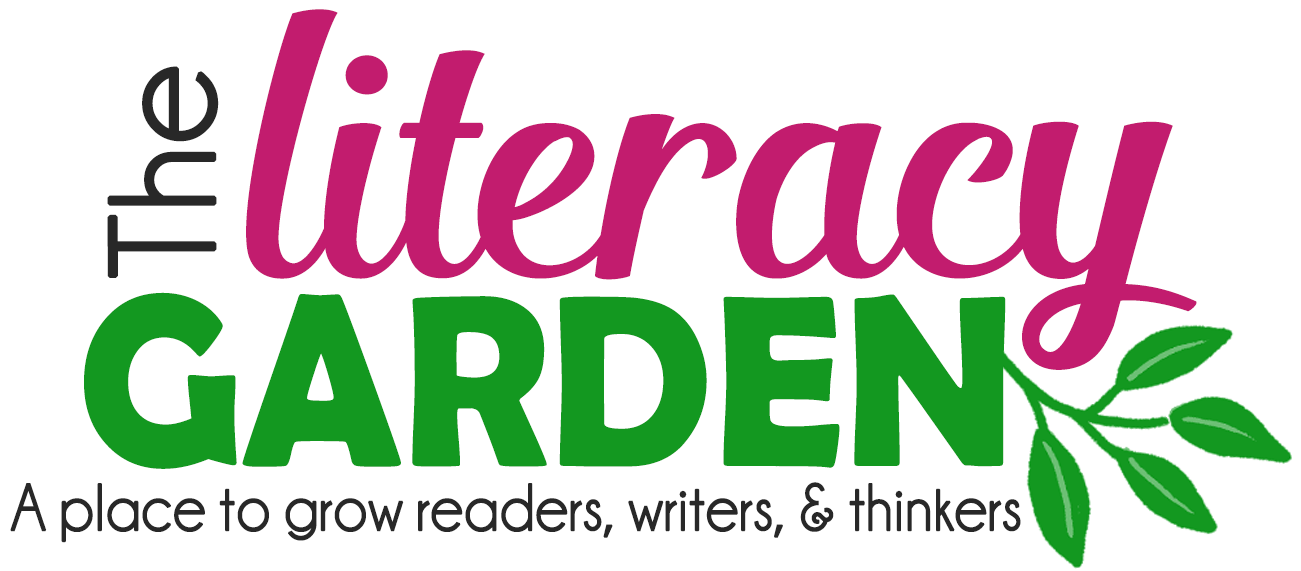

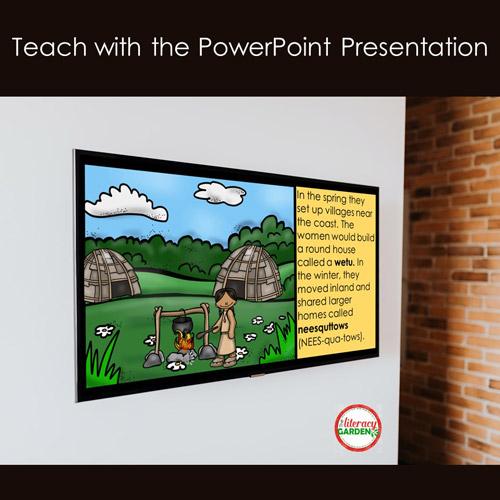
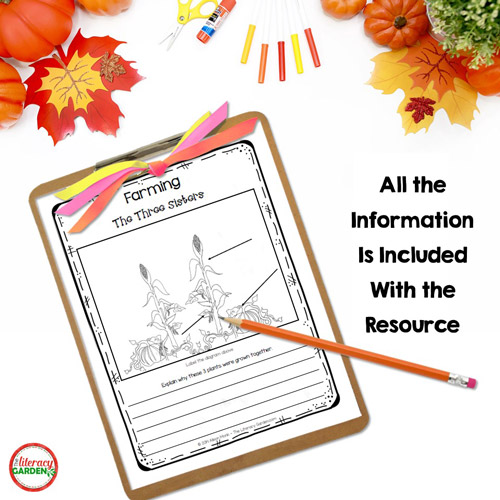
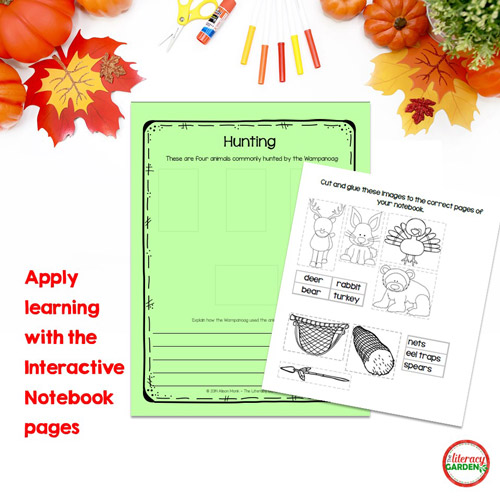
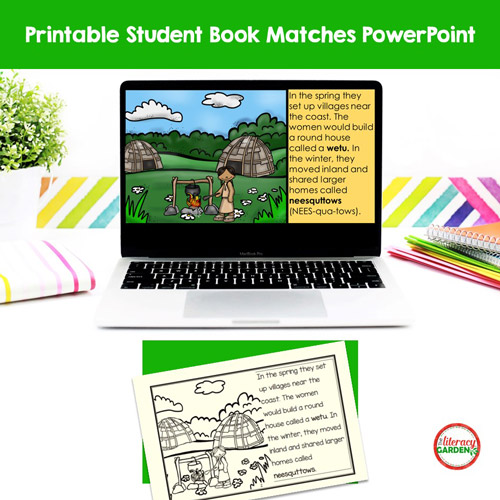
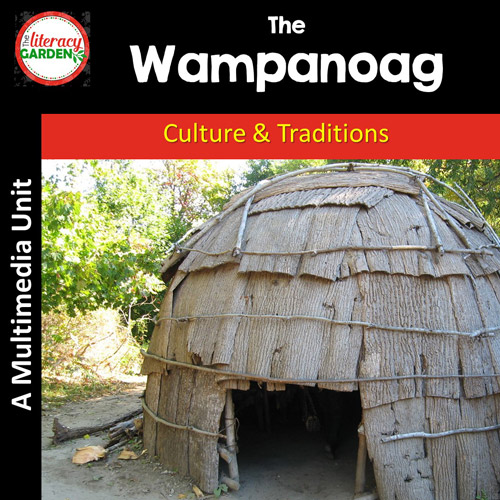

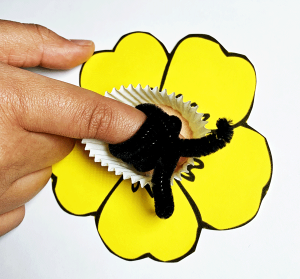
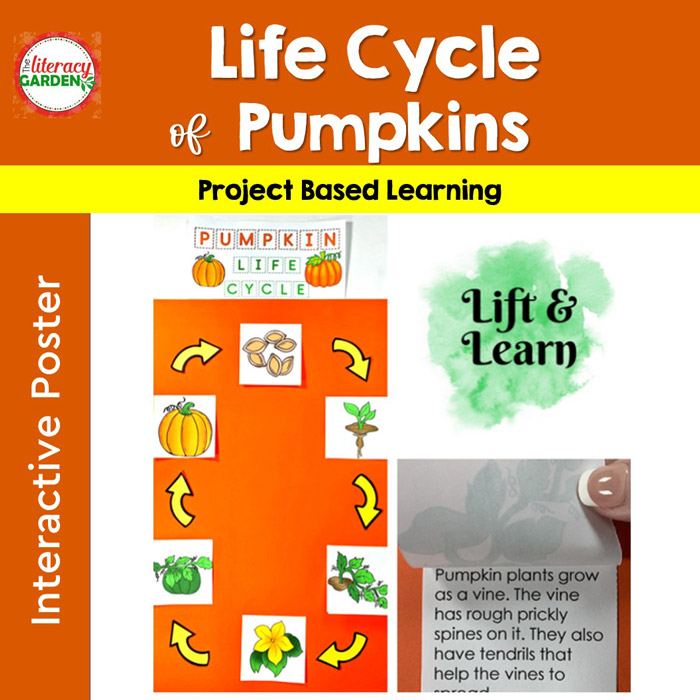
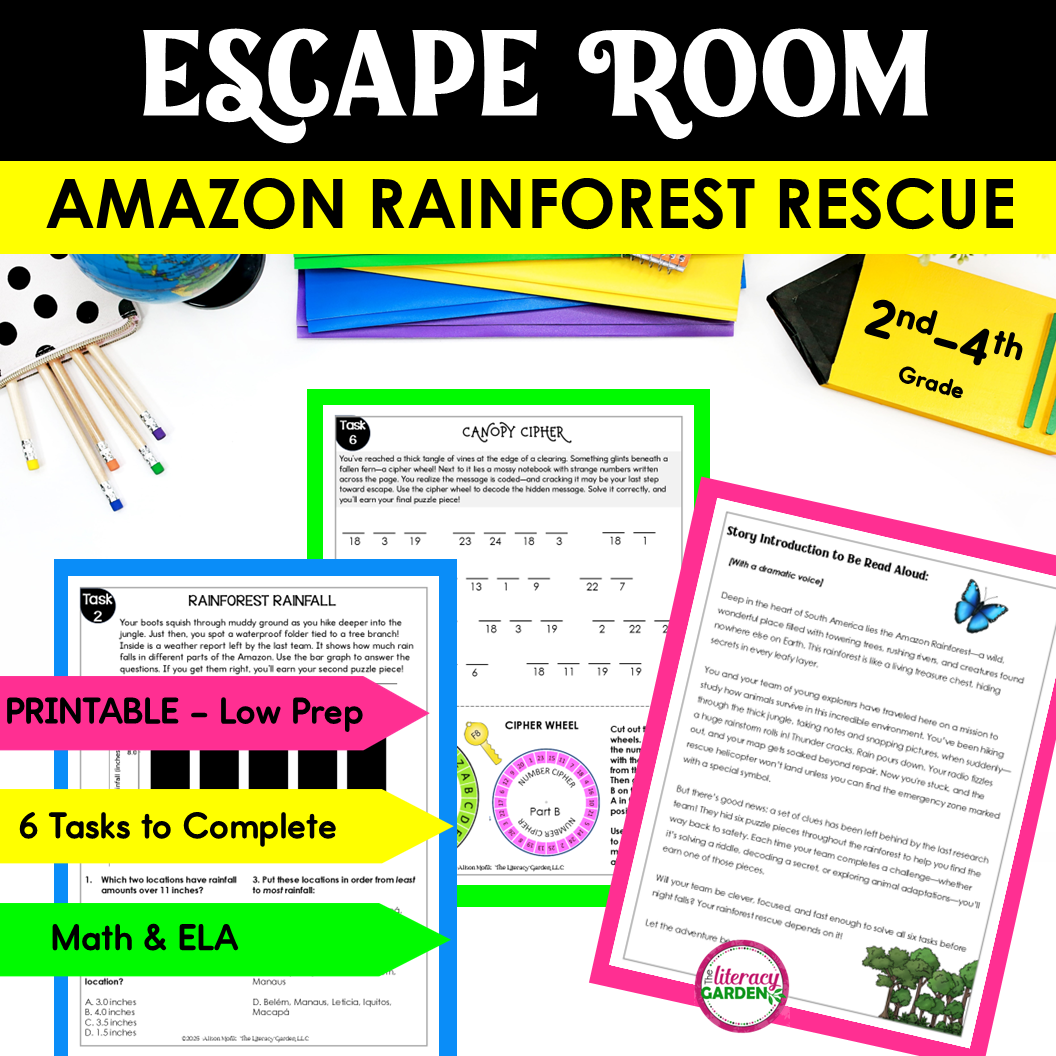
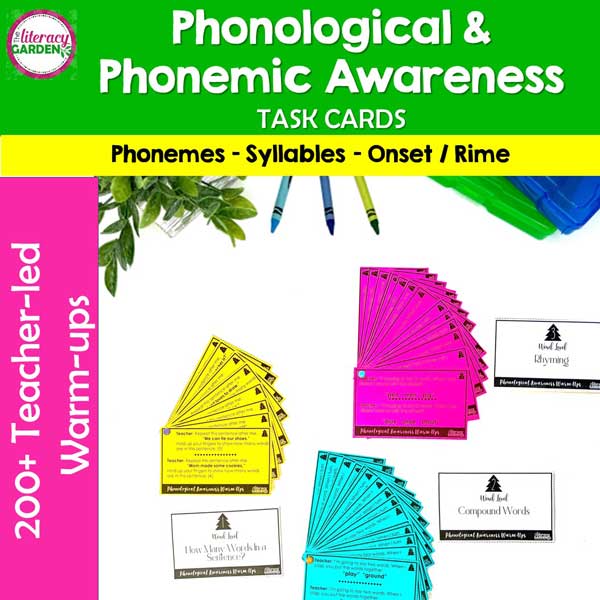
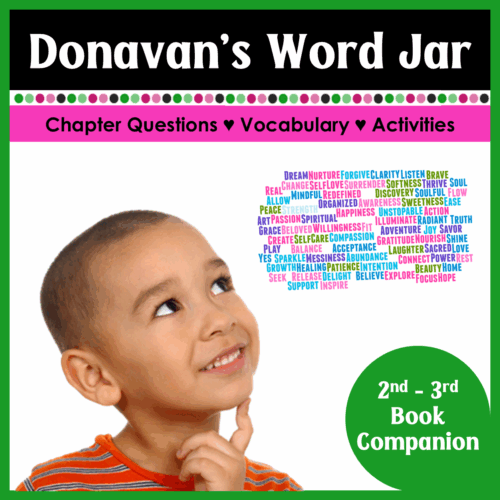

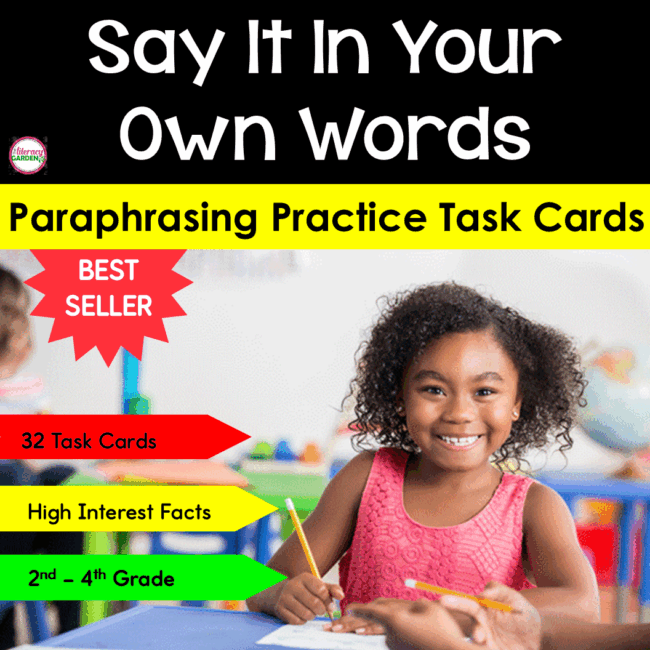
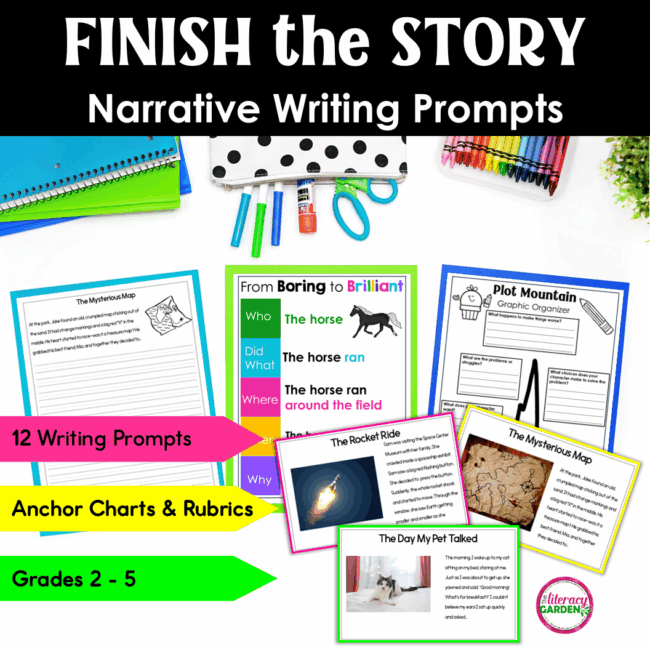

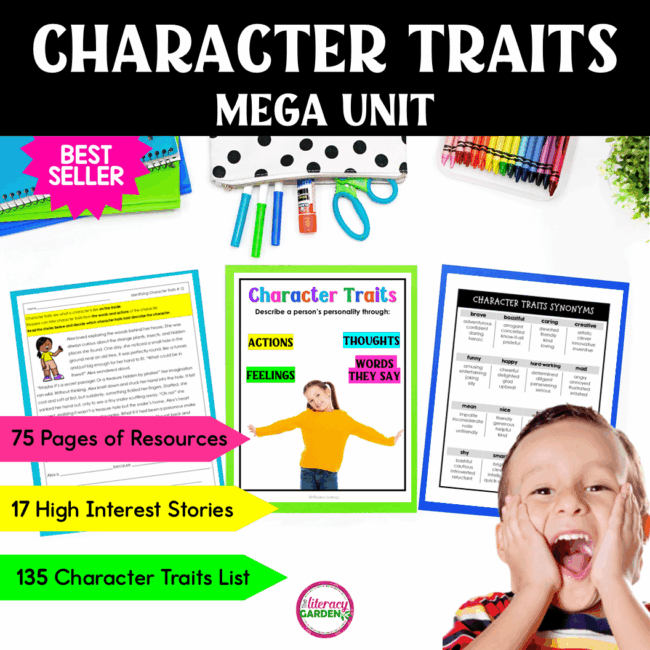
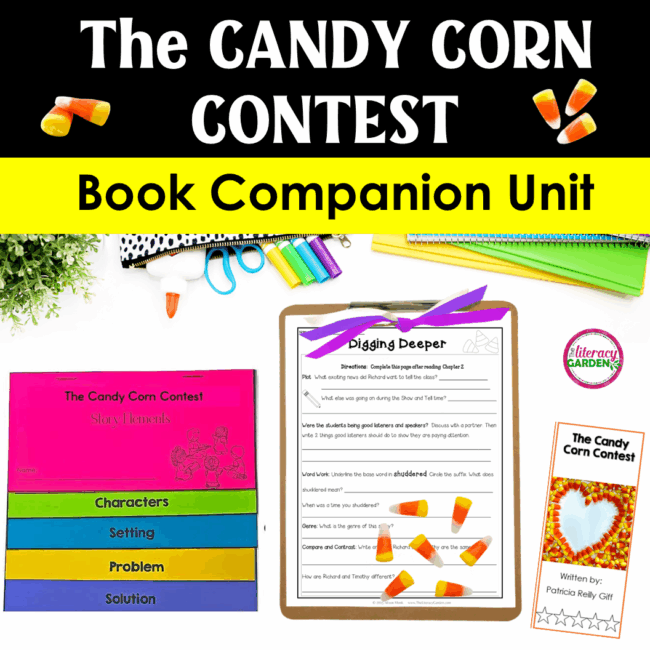

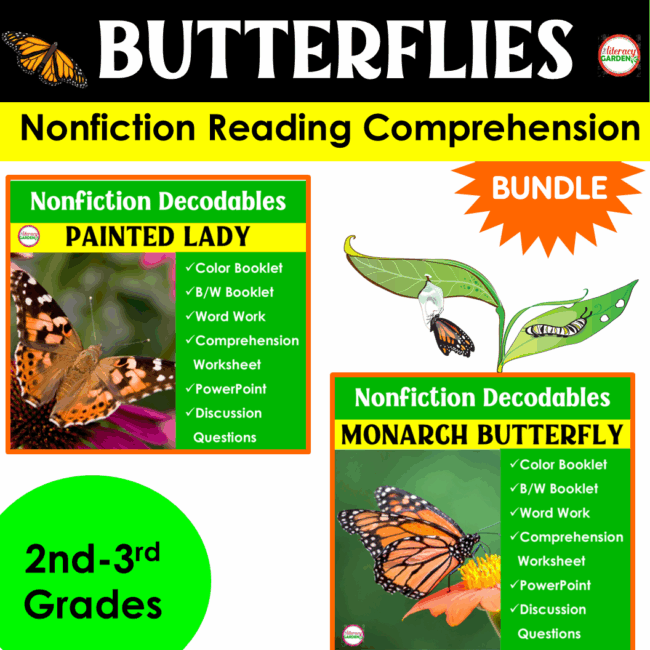

No Comments